 I am getting fascinated by platforms and ecosystems. Does it show? This is why I am increasingly spending more time in this area as it is highly innovating in its potential.
I am getting fascinated by platforms and ecosystems. Does it show? This is why I am increasingly spending more time in this area as it is highly innovating in its potential.
I am constantly educating myself on this, as there is so much of this being new, or emerging, to make the connections for where innovation is going in “dual” tandem with technology and digital. A recent post I made tells of this growing connection for a new ROI.
I decided to become focused on business platforms and ecosystems for a number of reasons- firstly they are fascinating me ( I know I have to get a grip!) and more importantly for my business advisory work going forward in connecting innovation into this world.
So this posting site is a place where I share a number of strands of thought to provide increased understanding, to get others to become comfortable on their “learning journey” of new emerging industrial digital technology models, ones that offer a very exciting connected future but evolutionary in their nature.
I want to help shape, influence and amplify the breaking story of IIoT platforms-as-a-service as part of my advisory business model (as-a-service) and take them to the most important level of need to understand; the ecosystem building that is required.Taking on new journeys of understanding and potential for innovation is exciting, well for me.
Commercial break over so let’s get back to platforms and ecosystems…
At the moment I have been specifically looking at the questions that seem to be holding IIoT platforms back? There are a number of inhibitors. So how can a number of dark clouds dissipate for IIoT platforms to really become the future way of connecting up so much within your specific industry sector? This is first of two posts….
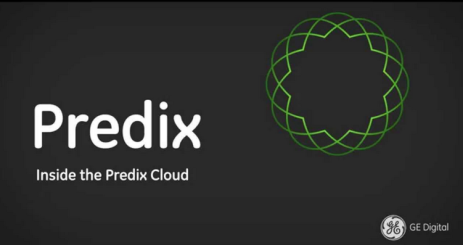
 I continue to look at the world of IIoT solution platforms that are being offered to their customers which are digitally enabled, requiring connected devices to improve efficiency, productivity and increase profitability, all being provided through digital platform offerings
I continue to look at the world of IIoT solution platforms that are being offered to their customers which are digitally enabled, requiring connected devices to improve efficiency, productivity and increase profitability, all being provided through digital platform offerings Why do we need a new innovative architecture, for mapping out the future
Why do we need a new innovative architecture, for mapping out the future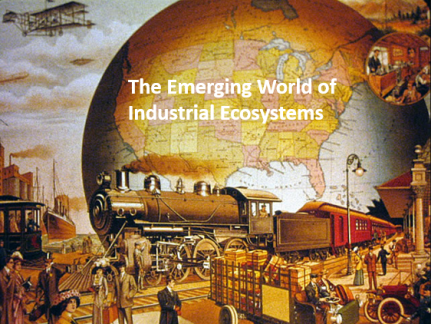 Whenever I seem to read about Platforms and Ecosystems, it mostly seems to relate to technology-led organizations and how they continue to connect us all up in our private lives.
Whenever I seem to read about Platforms and Ecosystems, it mostly seems to relate to technology-led organizations and how they continue to connect us all up in our private lives.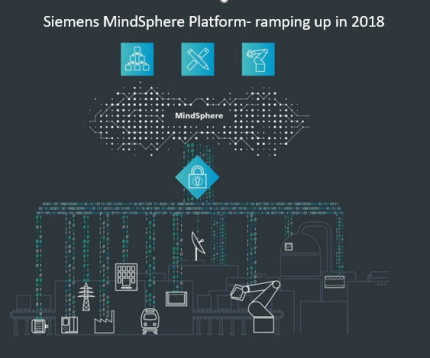 The move towards open-cloud based IoT operating systems has been significant in the past few years or so. Most major industrial companies have set about building and offering to their clients their platforms, for more open design and engineering, automation and operational work, as well as increased emphasis on maintenance and utilization.
The move towards open-cloud based IoT operating systems has been significant in the past few years or so. Most major industrial companies have set about building and offering to their clients their platforms, for more open design and engineering, automation and operational work, as well as increased emphasis on maintenance and utilization. I was not aware until recently that there are well over 450 providers of Platforms, all offering solutions, presently giving a very fragmenting market. Collaborators be aware!
I was not aware until recently that there are well over 450 providers of Platforms, all offering solutions, presently giving a very fragmenting market. Collaborators be aware!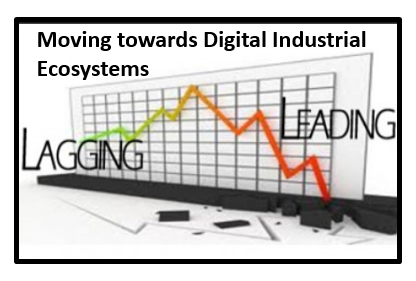 The platform has become essential for much of our social and direct engagements. The likes of Facebook, Amazon, Airbnb and many others are transforming much of our digital engagement for our social and private needs.
The platform has become essential for much of our social and direct engagements. The likes of Facebook, Amazon, Airbnb and many others are transforming much of our digital engagement for our social and private needs. There seem to be multiple forces at work, ones that are reshaping how organizations are adjusting to a rapidly changing world, to operate within.
There seem to be multiple forces at work, ones that are reshaping how organizations are adjusting to a rapidly changing world, to operate within.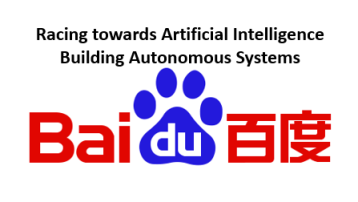 We are told that the company with the most data will win. To get the real edge it is to have and train algorithms that interpret the intelligence and here you need to understand the value of AI (Artificial Intelligence).
We are told that the company with the most data will win. To get the real edge it is to have and train algorithms that interpret the intelligence and here you need to understand the value of AI (Artificial Intelligence).